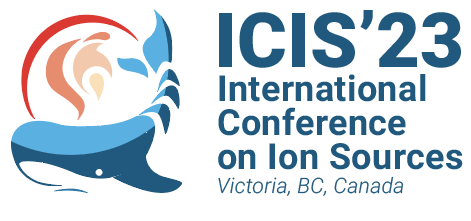Speaker
Description
Negative hydrogen or deuterium ion sources for neutral beam injection (NBI) systems used at fusion devices are based on the surface production process at a caesiated low work function converter surface. The ITER NBI system will deliver a large beam (≈2 m × 1 m, extraction area ≈0.2 m
In the last years the negative ion source test facilities at IPP Garching, BATMAN Upgrade (using the small prototype source) and ELISE (using a source of the same width but only half the height of the ITER NBI source) have been converted into CW machines. While BATMAN Upgrade focusses on basic physics investigations, aim of ELISE is to demonstrate that the ITER targets can be achieved by ion sources with an ITER-relevant size.
The contribution presents the status of both test facilities as well as latest results achieved during long pulse operation in hydrogen and deuterium. Investigations are performed on homogenizing and stabilizing the co-extracted electrons by either actively modifying plasma properties close to the converter surface or by modifying the flux of Cs onto the converter. For example, vertical plasma asymmetries, caused by plasma drifts, can be affected by biasing surfaces or introducing additional surfaces into the plasma and Cs can be evaporated in direct vicinity to the converter for a more controllable caesiation.
| Funding Agency | EUROfusion |
|---|---|
| Email Address | dirk.wuenderlich@ipp.mpg.de |
| I have read the Code of Conduct to attend ICIS2023. | Yes |

